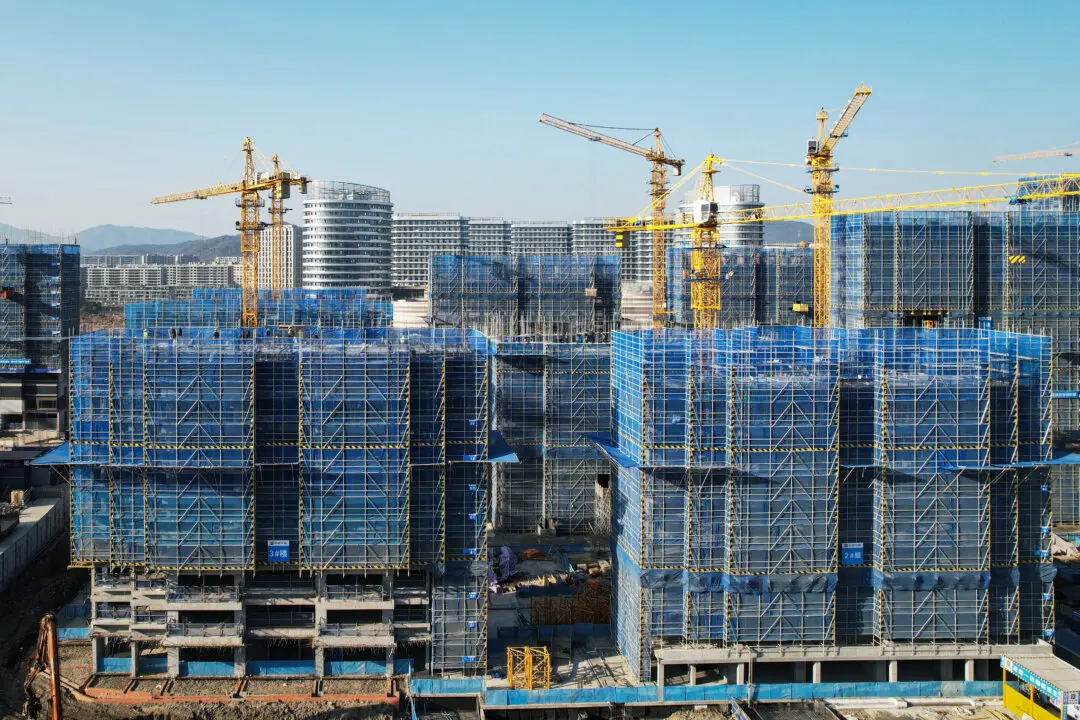A decade after the devastating Wenchuan earthquake struck the southwestern Chinese province of Sichuan, locals in Rong County are protesting “earthquakes” that they believe are manmade.
The quakes have caused at least four deaths and many injuries in the county, according to locals. Residents of Rong County blame the extraction of shale gas in the area for triggering the disasters.





